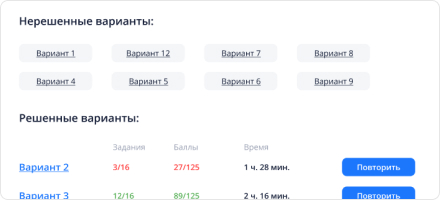Установите соответствие между текстами A-G и заголовками 1-8. Занесите свои ответы в таблицу. Используйте каждую цифру только один раз. В задании один заголовок лишний.
| 1. Difficult Ocean Voyage |
5. The Start of a Long-Lasting Tradition |
| 2. Not Discouraged by First Failure |
6. Forced to Leave for Religious Reasons |
| 3. New Home Built Against All the Odds |
7. Funded by Compatriots |
| 4. Harmonious Relations with the Locals |
8. Meeting Local People for the First Time |
A. The pilgrim story begins in England in the 16th century. A congregation of religious dissidents in Nottinghamshire believed the Church of England did not act in accordance with the teachings of the Bible so they established a church of their own in 1606. At that time the church and state were one, so being a separatist was considered an act of treason. The congregation had no choice but to leave their motherland. They fled to the city of Leiden in Holland where they could worship as they liked. Unfortunately life was hard there, so they decided to emigrate to the English colonies in North America, then known as ‘Virginia’.
B. The voyage and settlement were financed by a group of English investors known as the ‘merchant adventurers’. They formed a partnership with the colonists whereby the merchants agreed to risk their money, and the settlers to invest their labour, for seven years. Land and livestock were jointly owned and the company would dissolve and divide its assets after the seven years..
C. On September 6, 1620, aboard a ship called the Mayflower, 102 passengers set sail across the Atlantic. The crossing was smooth at first but then came many storms, which damaged the ship. Two people died on board and one baby, named Oceanus, was born. Eventually, after 66 days of travelling, the emigrants arrived in Cape Cod in south-eastern Massachusetts. The pilgrims chose to stay here as it was too late to go to the northern part of Virginia..
D. The pilgrims went ashore to explore the wilderness. Exploration began with a small group of 16 men. They discovered a buried cache of corn and a kettle, signs that the native Americans had a camp there. They also found a native American burial ground and unoccupied homes. After a cold night camping, the pilgrims came face to face with the native Americans at dawn. So, they decided to settle down somewhere else..
E. Later on, in December, the pilgrims discovered a sheltered bay, called Plymouth Harbour, a place which was protected and good for them to live permanently. Their first winter was much colder than the English winters they had experienced before. The pilgrims began building houses, but the weather conditions were terrible, meaning that the building took longer to complete. Some of the thatched houses caught fire as a result of pilgrims cooking and trying to keep warm. The pilgrims sheltered from the snowstorms in the Mayflower ship. About half the group died from the bitter cold and from malnutrition, although happily, a baby, Peregrine, was also born. The pilgrims persevered and finally finished their village in February.
F. The native Americans met the pilgrims on March 16th. A native American, Samoset, from present-day Maine, welcomed the pilgrims in English. Samoset had learnt English from fishermen. He explained how previous explorers had kidnapped some native Americans, and said he hoped they would be able to live peacefully together. Massasoit, the regional leader of the Wampanoag also visited the pilgrims and they exchanged gifts. They signed a peace treaty, which would last for over 50 years.
G. The first Thanksgiving festival was held in the autumn of 1621, and Massasoit was invited. Together, they celebrated the harvest and the success of their peace with feasting and dancing. This festival is now a public holiday in the USA.




















